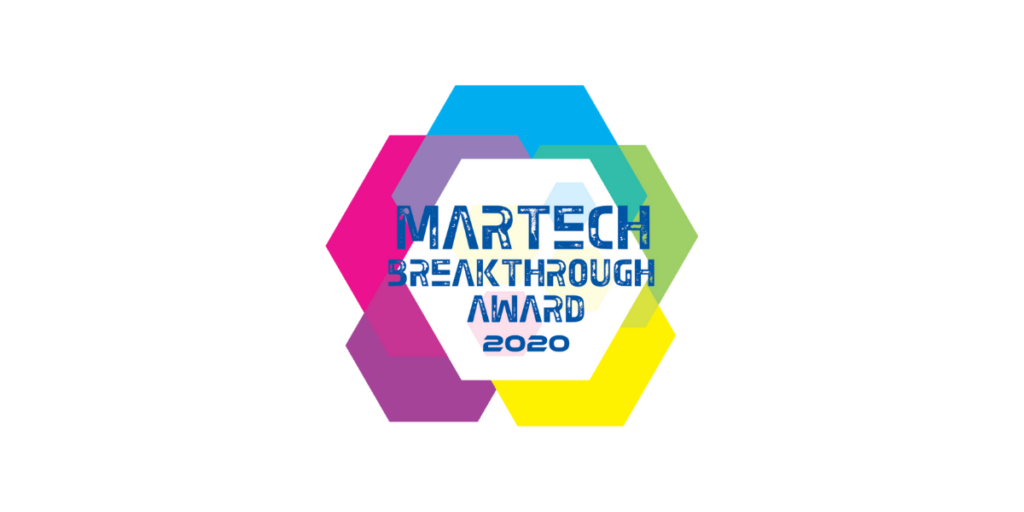
As Google and Apple change their privacy settings, marketers are learning how to respond to the updated digital advertising landscape.
These changes have big implications for the future of online marketing; we’re here to help break down the basics and shed some light on how marketers can best respond.
First thing’s first: What exactly is a Cookie?
In the internet world, cookies aren’t as tasty as the snacks in our pantry – digital cookies are a small packet of alphanumeric data that are left behind on a user’s device as they navigate various pages of a website.
Some cookies are functional; like eCommerce cookies remembering what products you’ve added to your cart as you continue to shop on a website. Other cookies are placed on websites by developers to give usage data to third parties – giving advertisers valuable (and anonymous) data to use in audience targeting.
Who uses Cookies?
There are just a handful of tech giants that have a monopoly on consumers’ digital data – namely Facebook, Google, Amazon and Apple.
So while the internet is largely “free”, it’s powered by advertising. The cost is data that consumers have willingly given platforms to be used by advertisers by accepting the terms and conditions to use these platforms. The upside for consumers historically has seemed great – free platforms (Gmail, Meta, etc.) come with the “minor” cost of giving up personal data.
Several advertising platforms – especially Facebook and Google – have touted robust solutions using native data (aka platform usage data) and third party cookie data to identify audiences on their platforms. Not only could you target advertisements to individuals who have shown interest in your brand or things that might be related to your brand, you could create lookalike audiences, which find people most similar to the audiences that are most important to an advertiser (i.e. a similar audience to current customers, or past purchasers).
What’s changing with Cookies in 2022 and beyond?
- Apple has very publicly taken a “consumer first” approach to how they handle user data, and in April 2021 made changes to their iOS via their Intelligent Tracking Prevention software that gives the end user easy access to changing the way data is passed from their devices (mostly iPhones) to various platforms.
- By making it easy for consumers to turn cookies “off” at the individual app level OR universally across all apps downloaded on a user’s device, it has made marketers’ jobs exceedingly more difficult in various ways. Most marketers have had to make drastic changes to measurement/attribution and importantly – finding new & incremental audiences.
- Just 4% of people are currently allowing their data to be shared with new apps they download, and an estimated 25% have opted into sharing their data with Facebook.
- In July 2022, Google announced a delay in replacing third party cookies for Chrome users, extending the deadline for advertisers to transition to Google’s replacement until 2024. These replacement solutions are slowly being made available to advertisers for testing purposes, and Google employees are much more optimistic about their potential success than the advertisers themselves.
What do these changes mean for marketers?
Marketing teams across agencies & brands, both big & small, are having to make adjustments to how they allocate their budgets and ad spend. For example, the New York Times reported that one small business that heavily relied on Facebook advertising saw their revenue drop 60% immediately after Applie’s iOS changes.
Loss of cookie data gives machine learning-based platforms like Facebook and Google less signals for optimization, meaning advertisers could be investing the same amount into media year over year and seeing a significant decrease in results, revenue etc. due to advertisements being shown to less relevant or qualified audiences than before the iOS changes.
What can be done to minimize fallout from these changes?
In a few words: Invest in the creator economy.
Marketers are craving replacements to their “traditional” digital advertisements, and working with influencers is one of the best ways for brands to reach a highly specific audience without giving any additional media money to the monopolistic tech giants.
There’s immense opportunity for marketers to leverage the creator economy as an updated form of paid media. By working with a tech platform like Tagger, marketers can gain valuable social data insights that can power their overall marketing strategies. In addition, the cost of creative is significantly lower with influencer marketing than with brand-owned advertising campaigns, driving a higher comprehensive ROI.
Want to learn more about how Tagger can give you access to the most robust, transparently gathered social data? Request a demo and we’ll show you how our all-in-one platform helps marketers with every step of the influencer marketing process.
Storylane
Reprise
Navattic



